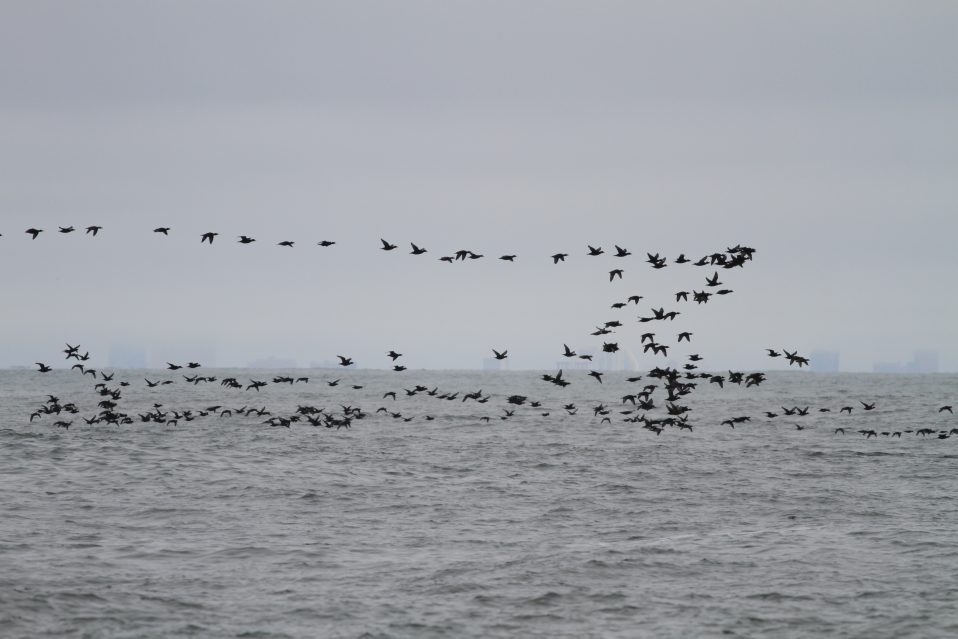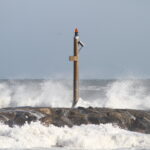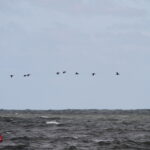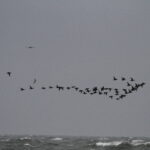Our peak scoter movement continues from last week! Read on to see the day-by-day breakdown, but Halloween was especially notable, with over 68,000 birds, the largest day I have counted at Avalon in my four years!
October 28th picked up right where last week left off—with an additional 15,000 Surf Scoters and 5,000 Black. Beyond that, however, it was rather lacking in diversity of the flight with only 152 cormorants, 53 Red-throated Loons, and 21 Common Loons. 10 White-winged Scoters, 13 Common Eider, and 16 Lesser Scaup were certainly nice to have, though.
October 29th slowed down a bit, with only 5,000 scoters total and hardly anything else, primarily due to rain and decreasing visibility throughout the day thanks to Tropical Storm Zeta passing right over. The 30th was similar, with continuing rain, but with an increase in movement including 10,000 scoters and nearly 1,500 cormorants. A flock of 11 Tundra Swans were the first for the season.

A large flock of Double-crested Cormorants moving to the west of the count site.
October 31st was the day of the season. A cold 39 degree and strong 15 mph northeast wind start to the morning made visibility and comfortability quite low, however it was evident that a big movement was underway with nearly 7,000 birds the first hour and 8,000 the second. With winds eventually shifting from northeast in the morning to south by evening, the day ended with an incredible 68,000 birds. This included 33,000 Black Scoters, 21,000 Double-crested Cormorants, 6,600 Surf Scoters, 5,000 unidentified scoters, 639 Green-winged Teal, 400 Brant, and 221 Red-throated Loons.
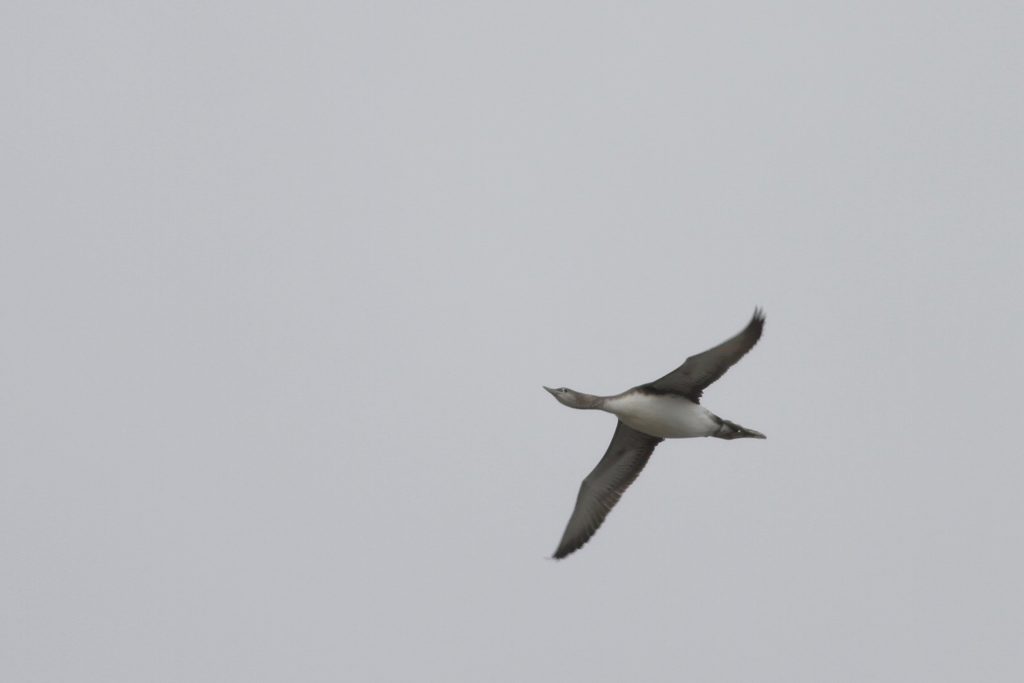
A Red-throated Loon migrating overhead.
November 1st was obviously slower, but still a very busy morning before some rain came in. Before sunrise, there was a first-of-season Red-necked Grebe heading south. 11,000 Black Scoter, 1,600 Surf Scoter, and over 1,000 Northern Gannets came past by 11 AM with the rain shutting everything down thereafter.

A flock of Bonaparte’s Gulls. (Photo by Tom Reed.)
November 2nd and 3rd had strong westerly winds, which is generally poor for major seabird flights, but generally good for diversity and unusual things at the Seawatch. Rarities include a Canvasback (rare at Seawatch generally), a Pacific Loon, the first Black-legged Kittiwake of the season, a Cave Swallow, and a Lapland Longspur (that remained hanging around on the 3rd). The 3rd brought the first Common Goldeneye of the season, three Black-legged Kittiwake, and a Common Redpoll. The best flight of these two days was nearly 3,000 Northern Gannets, 376 Red-throated Loon, and 223 Common Loon on the 3rd. Definitely check out Trektellen to see the full list from these two days, which was quite diverse!
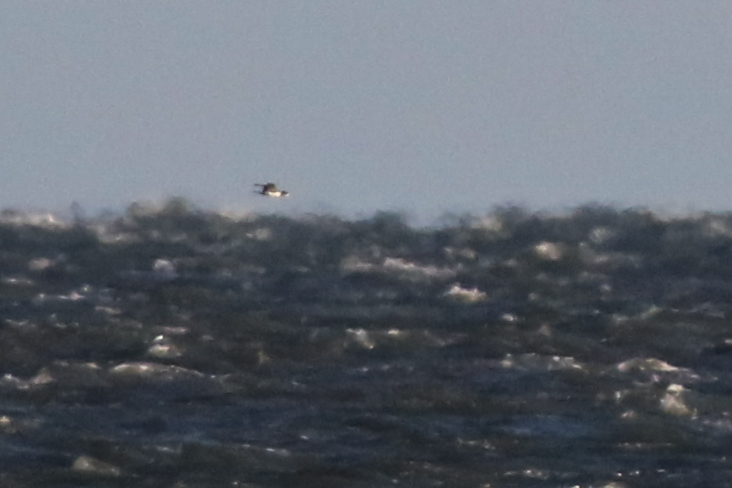
What a Pacific Loon typically looks like at the Avalon Seawatch. (Photo by Tom Reed.)
Thanks for reading, and check back next week!
-David Weber




